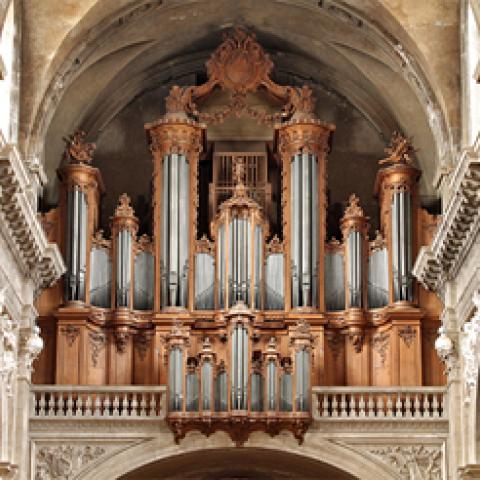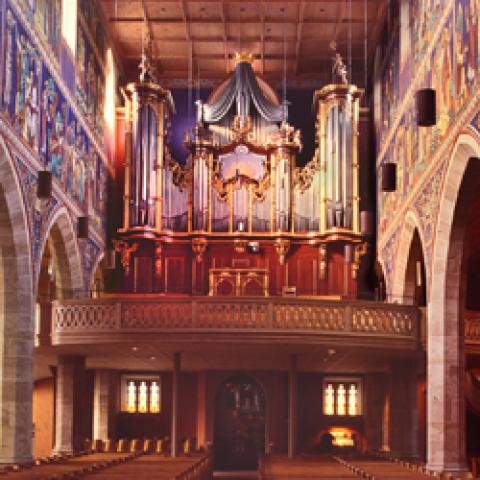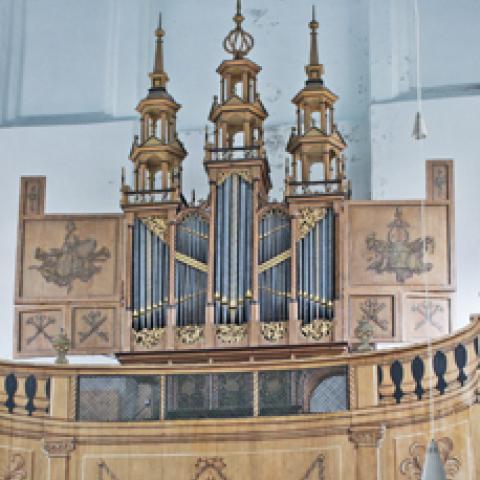The Historic Organ Study Tour (HOST) will visit and play organs in Denmark
August 2-12, 2011, according to HOST director Bruce Stevens. Planning of the
itinerary has begun and a working itinerary and tour cost will be announced
in November.
HOST conducted its 17th annual tour of European organs in the organ-rich
area of Alsace, France, during 11 days ending September 3, with 43
participants who heard and played 42 historic organs.
Most of the instruments were created in the 18th and 19th centuries by such builders as
Andreas Silbermann, J. A. Silbermann, the collaboration of Michel Stiehr
(1750-1829) and François Xavier Mockers (1780-1861) in a dynastic firm
operated by at least three generations, and many other builders were also
represented including Cavaillé-Coll and Merklin.
Touring with the group and serving with Stevens as artistic co-director of
the 2010 tour was Christophe Mantoux, professor of organ at the Strasbourg
Conservatory and titular organist of St-Severin in Paris, who demonstrated
each of the organs for 15 to 20 minutes before tour members played.
Participants included Paul Birckner, Carolyn Lamb Booth, Ola Borg, Evan,
Geraldine, and Carrie Christensen, David Dahl, John and Kristin Farmer, Ken
and Sharon Freude, Grant Hellmers, Suzanne Horton, Helen Hui, Roger Jones,
Harry Kelton, Ralph Lane, Fred Lawson, John Lindstrom, James Litton, Ardyth
Lohuis, Penny Lorenz, Caroline Mackie, Christopher Martin, Roger Meers,
Rosalind Mohnsen, Stephen Morris, Grant Moss, Craig Richmond, Thom
Robertson, David Rothe, Larry Schipull, Martin Stempien, Bill Van Pelt, Eric
Talbot, Larry Trupiano and Deborah Wythe, Julia Walton, Bruce Westcott, and
Thomas White.
Locations of previous HOST tours include many areas in Germany and France,
Switzerland, Sweden, The Netherlands, England and Wales, Denmark, and Spain.
For information: [email protected]
Photo caption:
Larry Schipull and Grant Moss play a duet on the 1781 Johann Andreas
Silbermann organ located in the Protestant Church in Gries, France.
Christopher Martin listens in gallery.
Organ tour set for Denmark in 2011; Alsace organs visited in 2010
B. Stevens






